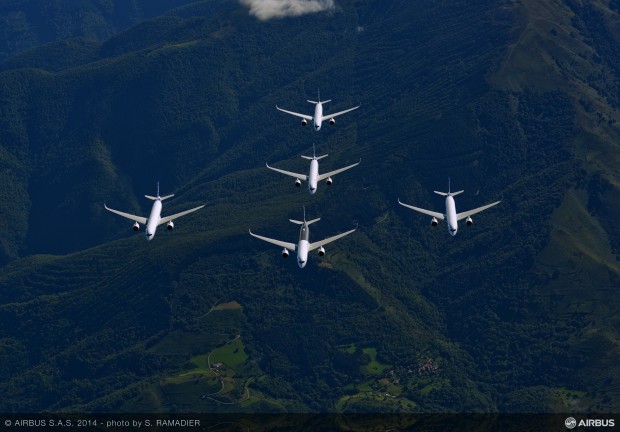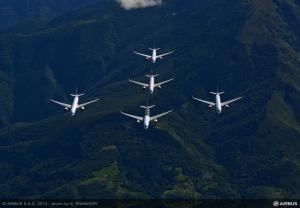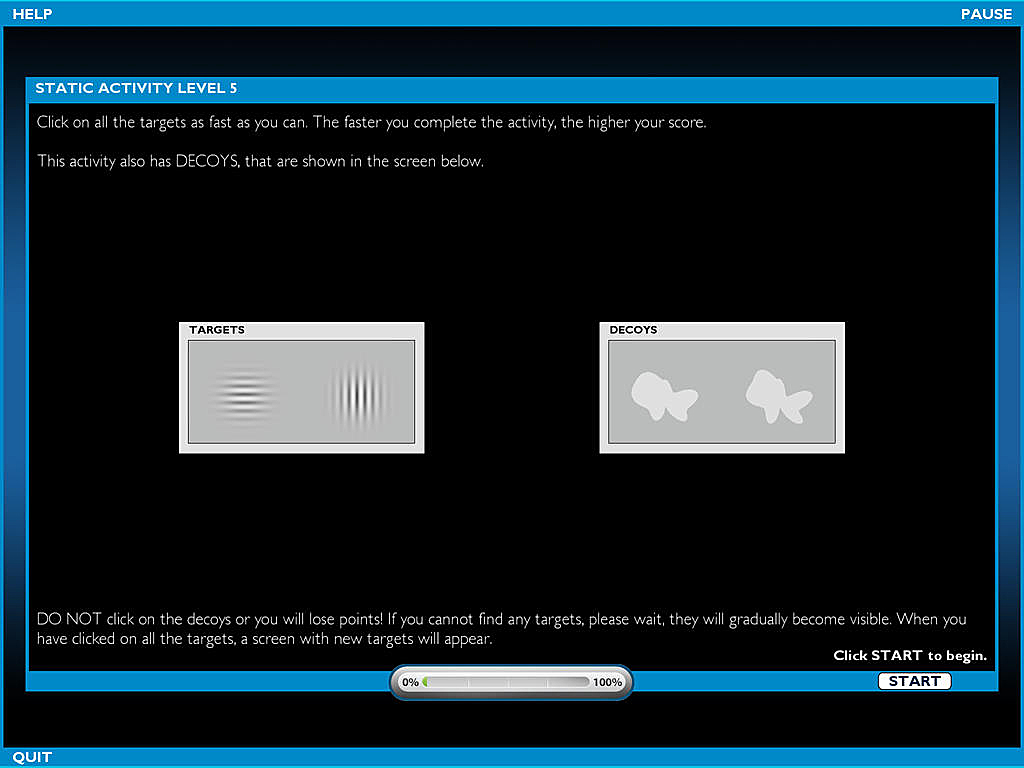Facebook fails to keep your secrets safe? Login at your own risk…
Subscribe to Dark5 ► http://bit.ly/dark5
“Like” Dark5 on Facebook ► http://bit.ly/Dark5FB
Warning, text spoilers below…
Presenting the 5 darkest Facebook secrets including the stolen idea Mark Zuckerberg used to create thefacebook.com, a secret scientific test to hack the feelings of users and cause emotional contagion, the mysterious all access pass that Facebook Messenger has to spy on your phone, the ability for moderators to stalk users, and the tricks and marketing strategies used to sell your info on the black market.
Follow Dark5 on Google+ ► http://bit.ly/Dark5GPlus
Music: “Ferrum” by MuzRussia
Intro: “The Machine Thinks”
Background audio copyright Kevin MacLeod (incompetech.com)
Licensed under Creative Commons: By Attribution 3.0
http://creativecommons.org/licenses/b…






